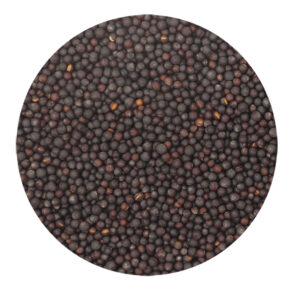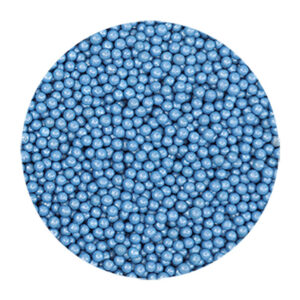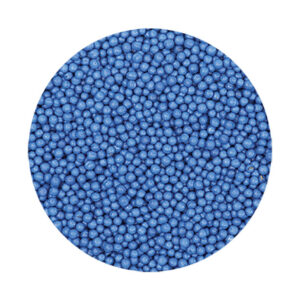Pelta makes seed uniform for planters
Pelta seed pelleting technology “helps reduce the risk and guesswork around seeding canola,” according to its maker, Syngenta Canada. Pelta is the first pelleted canola product available in Canada. Its content is proprietary and patented.
Canterra Seeds has the exclusive to offer Pelta technology on its canola seed. Local Canterra reps are the best source for pricing and availability.
Pelleting optimizes seed size and uniformity for better planter performance – more accurate seed placement – which leads to greater survivability and stronger stand establishment. Pelta can reduce issues caused by variability in seed size, such as seeding misses and double- or triple-seeded canola.
Karen Ullman, Syngenta Canada’s seedcare product lead, says Syngenta is seeing a growing interest in seeding canola with singulation planters. A planter can achieve more accurate delivery of seed into the ground, allowing growers to dial in their plant population and make every seed count.
Pelta was designed especially for growers using singulation planters, says Candace Reinbold, Canterra territory manager for the Peace River region. “We have the ability to tailor the seed diameter to fit the discs they are using,” she says.
Additional trials are looking at Pelta with air drills to see if there’s a return on investment for Western Canada canola growers.
|
|
|
All samples taken from the same seed lot. This triptych shows bare canola seed, standard seed treatment and Pelta pelletized seed.
Credit: Syngenta | Source: The Seedcare Institute – Plattsville, ON – August 2021
Väderstad trial
Väderstad has project comparing Pelta and conventional canola seed treatment at Discovery Farm in Langham, Saskatchewan. This 610-acre demonstration and research site, owned by Glacier FarmMedia, is the host location for Ag In Motion. The trial will compare yield and plant survivability using a Väderstad Seed Hawk air drill. And in Alberta, near Crossfield, the company is studying how Pelta seed treatment improves the accuracy of its Tempo planter.
“Our research has shown that the Pelta seed treatment does improve planter accuracy by eliminating the smaller seeds in the bag that may cause seed meter discs to plug,” says Kris Cherewyk, an agronomist at Väderstad.
Clint Jurke, agronomy director for the Canola Council of Canada (CCC) and based in Lloydminster, Saskatchewan, sees potential to improve stand establishment through the seed placement using singulation planters. Jason Casselman, CCC agronomy specialist based in Fairview, Alberta, believes Pelta will be useful for seed singulation for those canola growers using a planter. However, they both say the science needs to be done to determine if the return on investment is there.
“Time and research will tell,” Jurke says. “We’ve known for a long time that stand establishment is one of the biggest factors and even farmers with a lot of experience can still be surprised at how good or bad a stand can turn out to be. The fact that we’re still getting only up to 50 per cent emergence means there is a need for new innovation.”
Part of a package
Pelta does not cause a delay in emergence due to its hydrophilic properties. The Syngenta trials have involved seeding into dry conditions for the past two years and there has been no impact on the germination and emergence of the canola. Syngenta says “the unique properties of Pelta allows the coating to break down with limited amounts of moisture.”
Pelta is offered in combination with the “most comprehensive canola seed treatment package available,” including Helix, Saltro plus Fortenza Advanced for control of flea beetles and cutworms, and protection against a broad spectrum of seedling diseases, including airborne blackleg infection.








